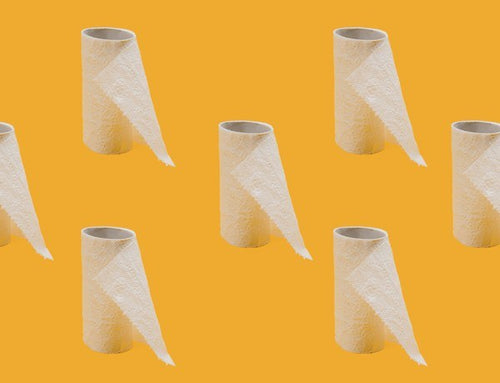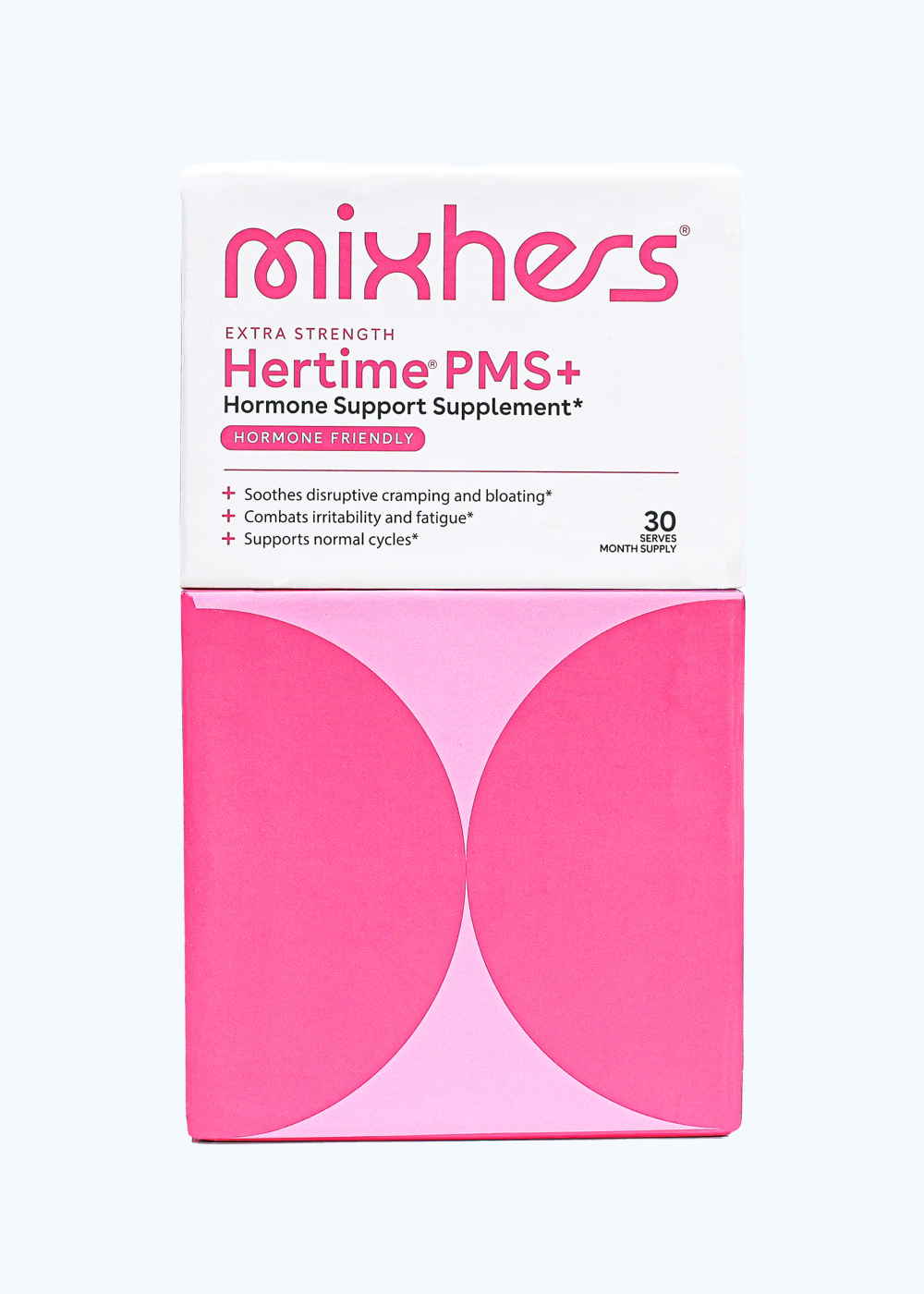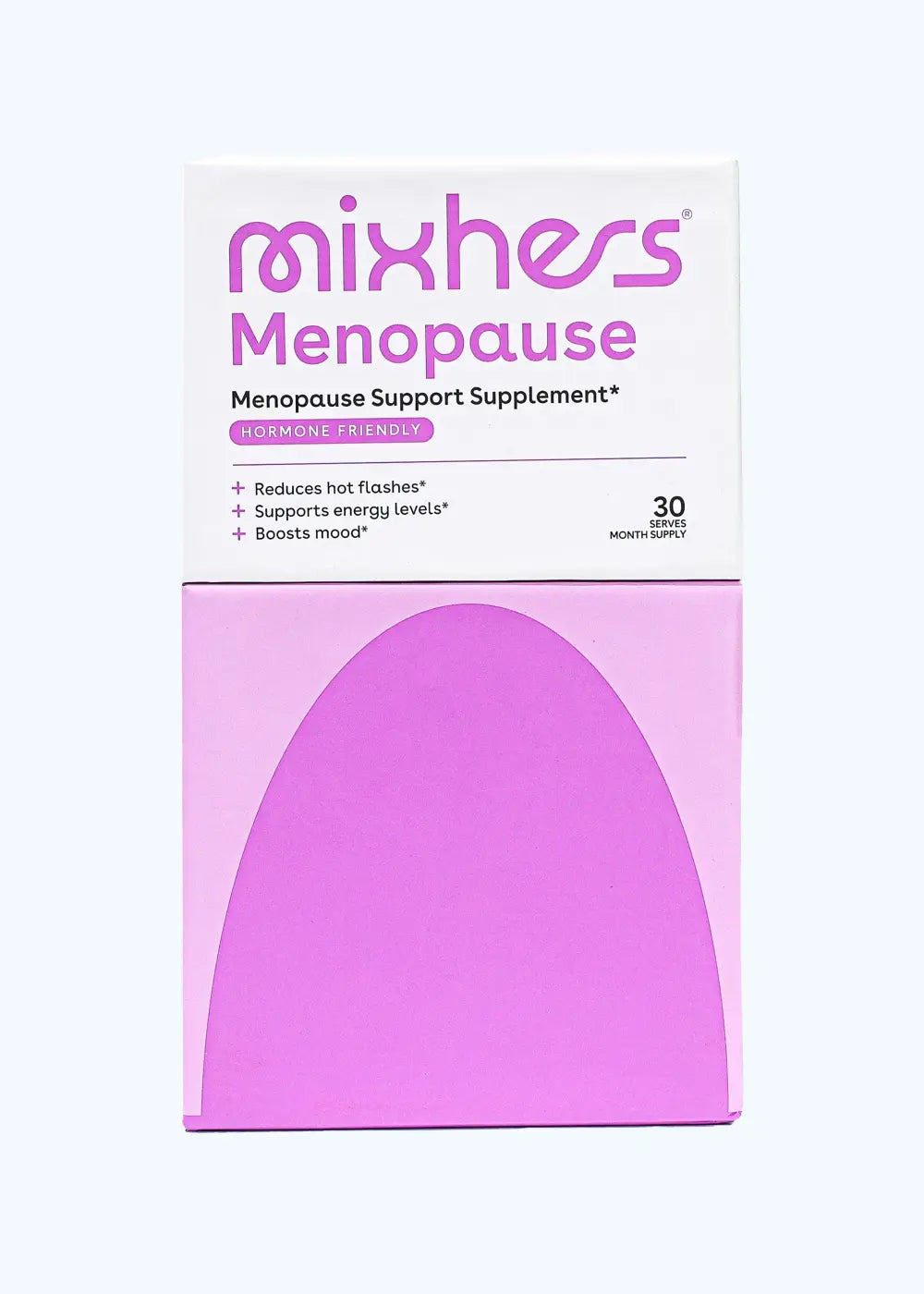Dysmenorrhea is a medical condition that involves painful menstrual periods. Learn more about this common condition and what you can do if you have it.
Do you dread your periods because they are associated with mild to severe pain? Do you spend a lot of time curled up in bed or doubled over with cramps every time “Aunt Flo” comes to visit? If so, you’re probably dealing with the effects of primary dysmenorrhea. If you’re wondering, “What is dysmenorrhea?” you’ll be interested to know that this common condition is estimated to affect as many as 90% of women!
Primary dysmenorrhea is a condition that is typified by painful menstruation and cramps. It is a very common cause of missing school or work. It can also lead to a reduced quality of life. Dysmenorrhea often overlaps with premenstrual syndrome. Though some of us may think we’re doomed to experience painful menstrual periods, there are steps we can take to decrease our pain each month. Let’s talk about the things we can do to reduce our menstrual cramps and increase our quality of life.
There are two types of dysmenorrhea: primary and secondary. Primary dysmenorrhea is caused by the menstruation process itself instead of some other disease. Painful uterine contractions that occur right before or during menstruation are often due to primary dysmenorrhea.
Typically, females begin to experience primary dysmenorrhea when they’re still adolescents and their journey to womanhood has just begun. For some, menstrual cramps stay in the mild to moderate range or are only present off and on for one or two days during their period. For others, period pain is severe, persistent, and accompanied by a heavy menstrual flow.
The sad thing about primary dysmenorrhea is that it is drastically underdiagnosed (and thus undertreated). That means there are millions of women and girls who are suffering from intense period pain right now and don’t know what to do about it. But we want to change that, one woman at a time!
Secondary dysmenorrhea is due to some physical cause other than menstruation. Women who experience secondary menstruation have some type of underlying condition causing their pelvic pain. Some of the most common underlying causes for secondary dysmenorrhea include endometriosis, uterine fibroids, pelvic inflammatory disease, abnormal pregnancies (such as ectopic pregnancies or miscarriages), and infections or polyps in the pelvic cavity.
Not all women experience painful cramps, though women who have no period pain at all are probably rarer than unicorns. Remember that as many as 90% of women experience primary dysmenorrhea at some point in their lives, which means that most women experience menstrual cramps to some degree.
Women with primary dysmenorrhea often experience decreased period cramps as they age. For some women, the severity of their monthly menstrual cramps improves significantly after giving birth to their first baby.
We briefly mentioned some of the things that can cause secondary dysmenorrhea (including endometriosis, abnormal pregnancies, and pelvic inflammatory disease). But what causes primary dysmenorrhea?
Researchers are still trying to understand why some women experience severe pain during their periods while others seem to skate through their menstrual cycles with ease. Evidence suggests that women with primary dysmenorrhea have an imbalance of the hormone-like chemical called prostaglandin. This is the chemical that controls how and when the uterus contracts.
When prostaglandin levels are too high, the result is often severe cramps. By bringing this chemical into balance along with the other important female hormones, you may be able to reduce your period pain every month.
Other risk factors for intense menstrual cramping include:
- Just starting your period
- Heavy menstrual bleeding
- Being under the age of 20
- Being a heavy smoker or drinker
- Being overweight
Even though the above characteristics can increase your likelihood of experiencing severe period pain due to primary dysmenorrhea, doctors aren’t 100% certain why some women experience painful menstrual cramps while others don’t.
Dysmenorrhea can feel different for different women. Some women report that intense pelvic pain is the most obvious symptom. For other women, the pain is accompanied by heavy menstrual bleeding and other symptoms such as muscle aches during period. Here is a list of some of the most common dysmenorrhea symptoms reported by women:
- Pain in the lower back
- Menstrual pain and cramping
- Nausea
- Fatigue
- Headaches
- Vomiting
- Pain radiating down the legs
- Fainting
- Diarrhea
Whether your symptoms include one or multiple items from the above list, painful periods are not inevitable. With lifestyle changes or treatments, you could experience a pain-free menstrual cycle.
Dysmenorrhea (whether it’s caused by underlying medical conditions or not) can take a huge toll on your body. The stress of dealing with chronic, cyclical pain can lead to fatigue and an increased risk of certain health conditions.
If your dysmenorrhea is caused by an underlying health condition like endometriosis or pelvic inflammatory disease, there could be a lot of destruction going on internally without your knowledge.
Endometriosis is a condition that happens when the same type of tissue that makes up your uterine lining begins growing outside of your uterus (in your abdominal cavity). This tissue could surround your fallopian tubes and other reproductive organs and lead to infertility. Endometriosis often causes severe period pain in the days leading up to your menstrual period.
Like endometriosis, pelvic inflammatory disease can cause extremely painful periods. Pelvic inflammatory disease is an infection within a woman’s reproductive tract. It can stem from sexually transmitted infections as well as infections that are not sexually transmitted. If it isn’t treated by a qualified healthcare provider, PID can lead to infertility problems and long-term pelvic pain.
Painful periods may be common, but they are not indicative of a healthy reproductive system. The good news is that you don’t have to live with severe menstrual pain. Many women are surprised to learn that every period doesn’t have to be a painful period. There are things you can try and treatments you can receive to provide pain relief.
Birth control is a popular method for reducing menstrual pain. But it can also impact your menstrual cycle and may lead to issues getting pregnant if you take it for too long. There are different types of hormonal birth control, and some may be better than others for reducing menstrual cramps. IUDs may have the opposite effect for some women and cause even more painful periods. To avoid these problems, some women might prefer to take natural supplements that can help them achieve optimal hormonal balance.
If you have an underlying health condition like endometriosis or uterine fibroids, you’ll want to talk to your doctor about available treatment methods.
At-home dysmenorrhea treatment suggestions include:
- Getting regular exercise
- Taking OTC pain relievers as necessary
- Soaking in a hot bath
- Applying a heating pad to the area
- Managing stress more effectively
- Taking supplements such as Hertime to bring hormones back into proper balance
You may also experience some pain relief by switching to a healthy diet that focuses on whole foods and avoids heavily processed and sugary foods.
Hertime is the best-kept secret for reducing menstrual cycle pain. Formulated with Siberian ginseng, milk thistle, white peony, and other herbs known to support female reproductive health, this product can transform your periods and help you reclaim your quality of life.
Want more information about reducing period pain and other related topics? Take some time out of your busy day and hang out with us over here at Mixhers resources.












